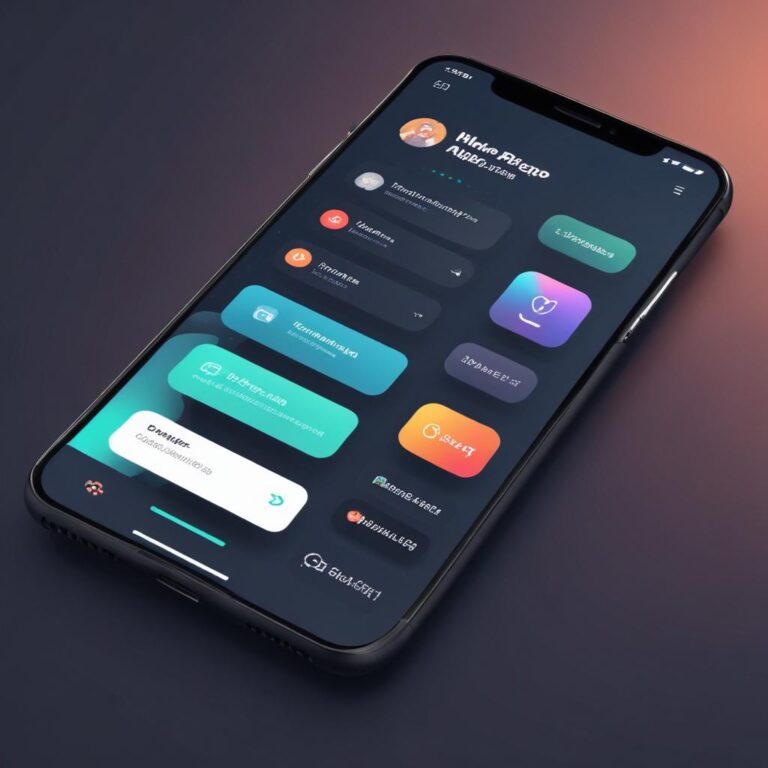Ideal internet Speed: What to Have for My Remote Work
It’s an exciting move from being office-based to being given the freedom to work remotely. But once the excitement settles down, you’ll realize that your internet speed at home may not be ideal for work. Can it let you upload big-size work files on an hourly basis? Can your connection let you participate in daily video conferences?
Know Your Internet Options
Before you get down to the details of your remote work, it’s important you know what type of internet options you have there in your location.
Dial-up and mobile broadband are never good ideas these days, especially if you’re going to use them for work. They won’t provide you with a stable connection, so avoid them at all costs. Instead, choose from these 4:
- DSL: This is the most popular and widely accessible type of internet around. If you have a landline, there’s a good chance you’d have DSL plans available to you as well. You can find plans ranging from 1 Mbps to 45 Mbps (with subscription fees going up as you choose higher plans).
DSL is good enough if your work doesn’t rely on heavy uploads or downloads. The problem here is that the advertised speed may just be “advertised” and not the actual speed you’re going to get.
- Fiber: If you need accurate and stable connections, fiber optic internet is your best bet. Standard plans are in the 25 Mbps to 75 Mbps range, but you can count on them that you’re receiving the speed you signed up for.
Unfortunately, because this type of internet connection doesn’t use your phone line (like DSL does) or cable lines (like cable internet does), fiber internet isn’t as widely available yet. And if they are available in your area, it can be more expensive because of supply and demand.
- Cable: You can get speeds of 15 Mbps to 300 Mbp with cable internet and they’re just as accessible as DSL. They’re more expensive than DSL, but they are more reliable. This is why if an area doesn’t provide fiber internet yet, there’s a good chance most people are using cable internet for work or entertainment needs.
- Satellite: This type of internet is rarely used, but it can be a life-saver if you decide to work remotely in the province where ISP providers haven’t reached yet. Your options are unlimited if you plan to set it up yourself, but you will shoulder the cost of installation and equipment. If you plan to lease, your options become smaller, but if you have no other option, then this is definitely better than mobile broadband.
Know Your Internet Needs
How many people are expected to use the internet? To be more accurate, every extra device a person has should be counted as another “person.” Devices like the TV box, smart home appliances, tablets, your gaming consoles, unused phones are culprits that connect to your internet – decide if they can be turned off or counted as an extra person.
Now that you’ve listed all the people who will be sharing your connection, it’s time to add up the activities.
Why should you consider your internet activities? Here’s an example that explains this more effectively: If your household or co-working space has four people just doing research on Google, even a 10 Mbps internet will be more than enough for everyone. If the same group of people is part of a professional gaming team who requires fast internet, they can easily eat up 100 Mbps for a day’s “work.”
Check your internet requirements below and list down the corresponding speed needed for each activity:
- Basic computing: Activities such as web browsing, sending emails, or checking out social media are considered light activities. Two people doing these light activities only need about 5 to 20 Mbps of internet.
- Advanced entertainment: Activities like streaming music, online gaming, watching HD movies, or 4k videos are heavier and need from 25 to 50 Mbps if two or more people are doing the same activities simultaneously. Like my example above, you’ll need a higher plan for professional gaming.
- Your work activities, household activities, background security devices, or smart devices: So you do Zoom meetings, upload Photoshop files to the cloud, and perform basic computing while streaming music in the background or playing online games during your break.
Add the internet required to operate your home’s security cameras, motion detectors, security hubs, and all your smart machines (example: your robot vacuums, Google Nest, etc.). All these activities and background devices could mean you’ll need somewhere between 50 to 500 Mbps of speed. I hope this guide helped you weigh your options. To know if you need connection upgrade or if you have to change the type of internet connection or ISP, list down your activities, the number of gadgets, and the number of people who will use the internet simultaneously with you during your work hours.




